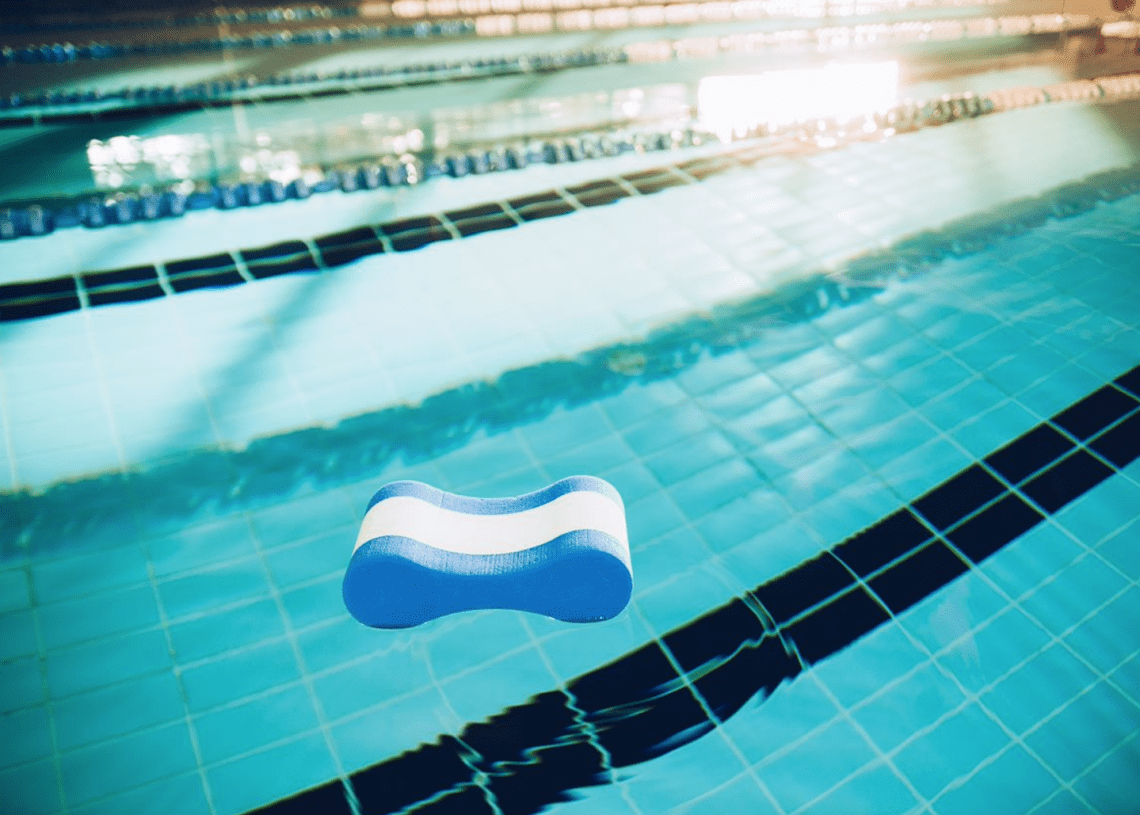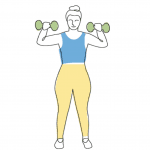
How to use a pull buoy
Pull buoys can help with coordination and arms-only training, and can also make for a very relaxing, even meditative swim. Here’s our guide to using one.
A pull buoy is a float designed to be held between your legs and is mainly used as a training aid. Many coaches recommend them but there are some who think they are unnecessary. Let’s look at how you might use a pull buoy.
The most basic way to use a pull buoy is to isolate your upper body. Holding a float between your legs keeps them in a tight streamlined position behind your body and allows you to focus on the movement of your arms and your breathing. If you’re struggling with coordination or breathing in freestyle or want to focus on improving your arm entry for example, spending some time swimming with a pull buoy
could help you by putting you in a better swimming position and preventing your legs from sinking.
Buy a pull buoy from the Outdoor Swimmer Shop
The argument against doing this is that swimming is a full body activity and is most efficient when there is a powerful connection between your limbs and core.
Overuse of a pull buoy may be detrimental to your long-term improvement if you become dependent on it, so mix up swimming with and without it. Try to bring an awareness of the improved upper body movement patterns you achieve when using the pull buoy to when you’re swimming without it.
Arms-only training
A second way you see people using pull buoys is for arms-only training, sometimes while using hand paddles.
The idea here is to work on upper body strength. This is best left to swimmers who already have good technique or to swimrunners who are specifically training for events where a pull buoy is an allowed piece of kit in a race.
For many people, swimming with a pull buoy is easier and faster than without. It can therefore be tempting to reach for one if you’re flagging towards the end of a training set, want to swim in a faster lane, or if you have battered your legs before swimming with running, cycling or in the gym. Resist if you can. It’s better to learn to swim with tired legs.
Recovery training
One exception to this might be if you’re deliberately using swimming as a recovery exercise or simply to relax. Swimming with a pull buoy will lower your heart rate and can make it easier to swim in a relaxed or even meditative state. Give it a try next time you need to unwind.
Another time a pull buoy could be useful might be if you have a temporary or permanent injury where additional support for your legs could make swimming more achievable and enjoyable. If you’re swimming for your own pleasure, then go ahead and do what works best, but be aware that you may not be permitted to use a pull buoy if you enter an event.
A pull buoy is a useful but not essential piece of kit for your training bag. If you get one, use it sparingly.
Read more advice about swimming gear.









